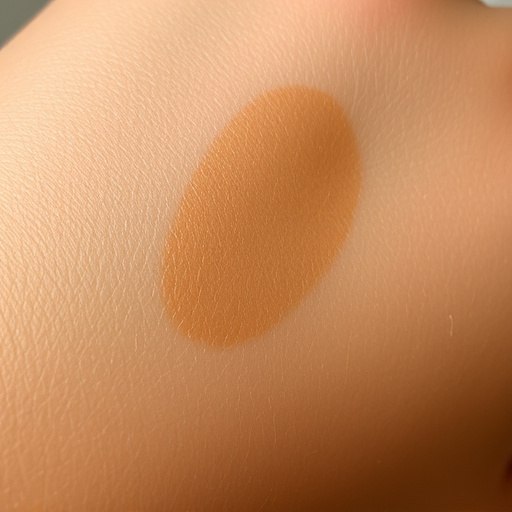In today's digital healthcare landscape, a medical website design focused on patient needs is crucial for success. Prioritizing intuitive navigation, logical content, and efficient search functionality builds trust and positions practices as authorities. Optimizing for mobile devices and implementing organic SEO enhances online visibility and drives traffic for remote healthcare solutions. Visually appealing designs with clean layouts, high-quality imagery, and consistent branding attract and retain patients. Functionality, including seamless navigation, clear calls-to-action, and accessible features, improves user experience and attracts a diverse range of patients, reflecting the needs of communities.
In today’s digital age, a well-designed medical website is essential for attracting and retaining patients. This article explores the key elements of a successful medical website design, including a user-centric approach that creates an intuitive experience, visual aesthetics and branding that make a lasting impression, and functionality and technical features ensuring seamless navigation and accessibility. By integrating these components effectively, healthcare providers can enhance patient engagement and improve overall online presence.
- User-Centric Approach: Creating an Intuitive Experience
- Visual Aesthetics and Branding: Making a Lasting Impression
- Functionality and Technical Features: Ensuring Seamless Navigation and Accessibility
User-Centric Approach: Creating an Intuitive Experience

In the realm of medical website design, a user-centric approach is paramount to ensuring an intuitive and engaging experience for visitors. Patients today expect seamless digital access to healthcare information, making it crucial for websites to be designed with their needs in mind. This means structuring content logically, using clear navigation menus, and implementing search functionality that allows users to quickly find the medical insights they seek. A well-designed website should guide users through relevant sections effortlessly, fostering trust and confidence in the healthcare services offered.
By adopting a user-first strategy, medical practices can create mobile-friendly websites optimized for various devices, ensuring accessibility regardless of platform. This approach aligns with the growing demand for convenient, remote healthcare solutions. Additionally, integrating organic SEO services into the design process enhances online visibility, driving more organic traffic to the site. A successful medical website not only educates patients but also establishes the practice as an authority in its field through effective content and strategic keyword integration.
Visual Aesthetics and Branding: Making a Lasting Impression

The visual aesthetics of a medical website design play a pivotal role in capturing and retaining the attention of potential patients. In today’s digital landscape, first impressions are crucial; a visually appealing and professionally designed site can significantly enhance a healthcare provider’s online presence. Clean, intuitive layouts, high-quality imagery, and a consistent color scheme contribute to a brand’s recognition and foster trust. This is especially important for local businesses looking to excel in their online marketing efforts, as an attractive website can set them apart from competitors.
Branding is another integral aspect that ties visual aesthetics together. A well-designed medical website should reflect the unique identity of the practice or hospital, aligning with its mission and values. Incorporating a consistent logo, typography, and brand voice ensures that patients recognize and remember the healthcare entity, making it easier for them to connect and engage with the brand. For instance, a website designer in Davie FL can create a mobile-friendly design that seamlessly integrates the client’s branding, resulting in an effective and memorable online presence for their medical practice.
Functionality and Technical Features: Ensuring Seamless Navigation and Accessibility

A successful medical website design goes beyond aesthetics; it prioritizes functionality and technical features for seamless navigation and improved accessibility. Users, especially those seeking health services, expect websites to be intuitive and easy to use. Effective navigation menus, clear calls-to-action, and a logical site structure are essential elements that enhance user experience. The website should allow visitors to quickly find information about medical services, doctors’ profiles, appointment booking, and contact details without frustration or confusion.
Furthermore, incorporating accessibility features such as responsive design for mobile devices, alt text for images, and clear typography ensures that all users, including those with disabilities, can access the site’s content and services. SEO services Dallas and professional web design experts emphasize the importance of these elements in a medical website to attract and retain patients. Similarly, web design South Florida professionals focus on creating inclusive digital environments that reflect the diverse needs of their communities.
A successful medical website design combines a user-centric approach, visually appealing branding, and robust technical functionality. By prioritizing patient experience, adopting a clean and professional aesthetic, and implementing accessible features, healthcare providers can create a website that not only informs but also engages and builds trust with their audience. Optimizing for search engines through strategic keyword use further enhances visibility, making it easier for potential patients to find the care they need. Ultimately, a well-designed medical website becomes a powerful tool in delivering quality patient experiences and growing healthcare practices.














